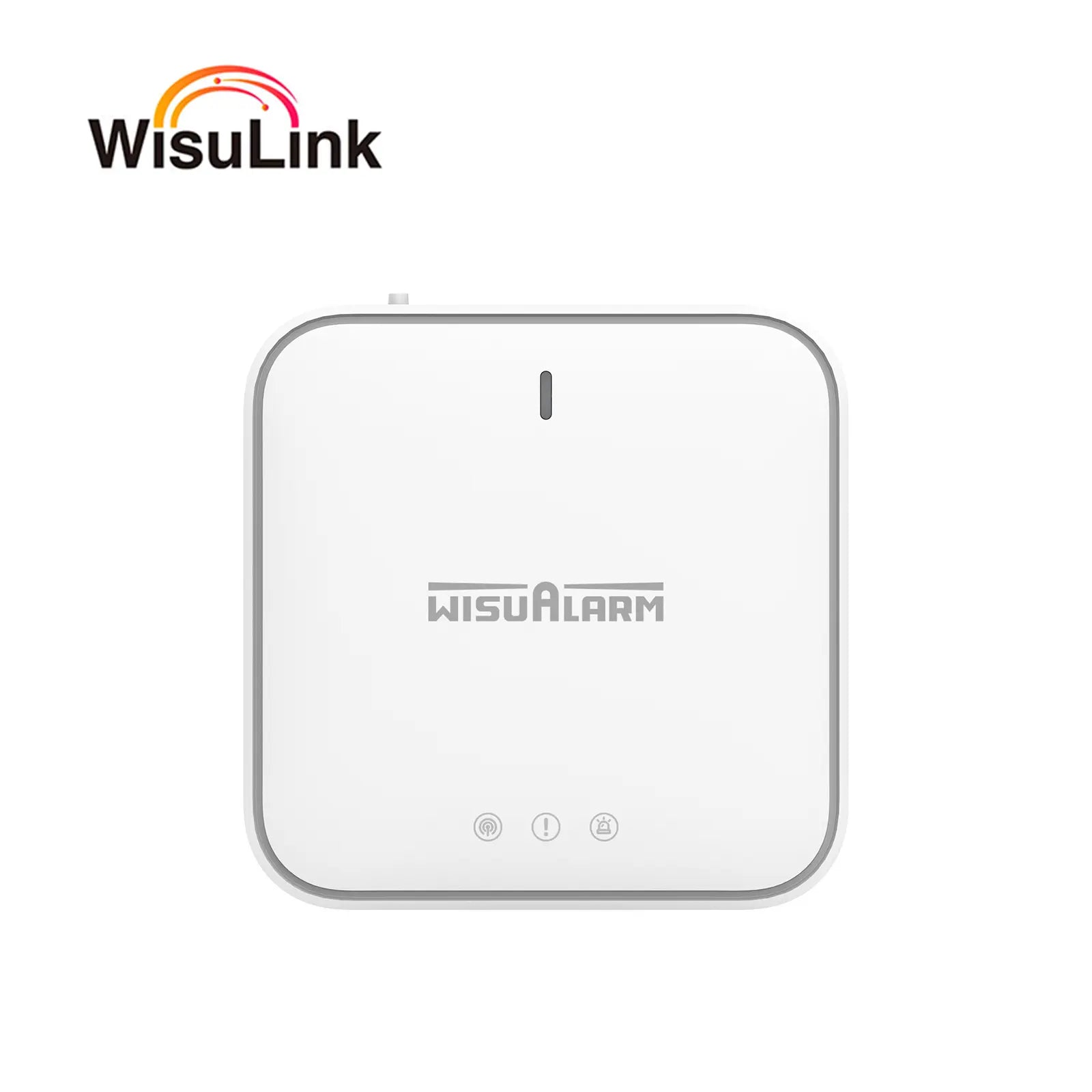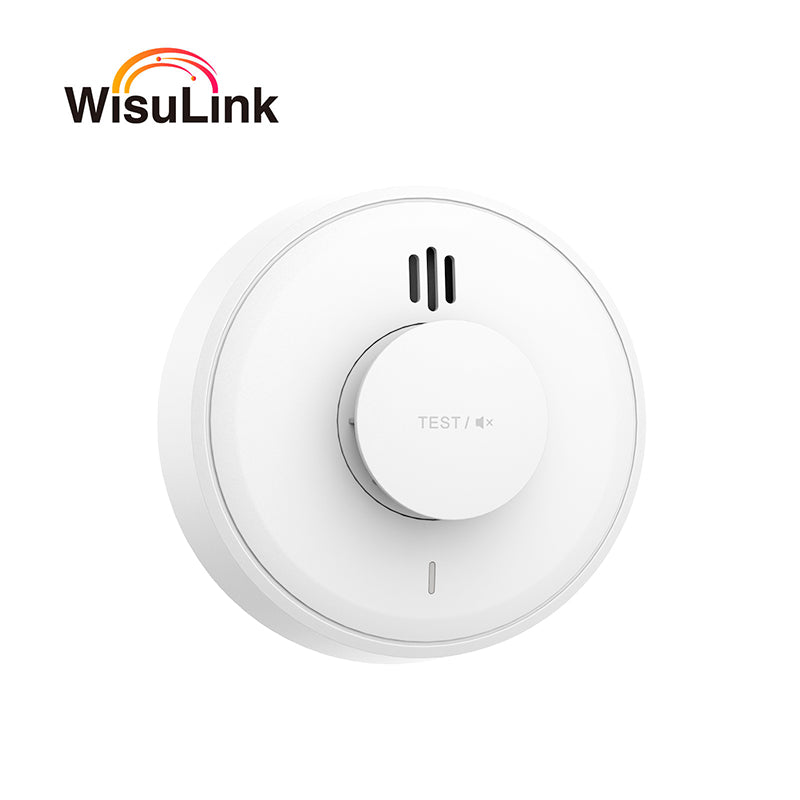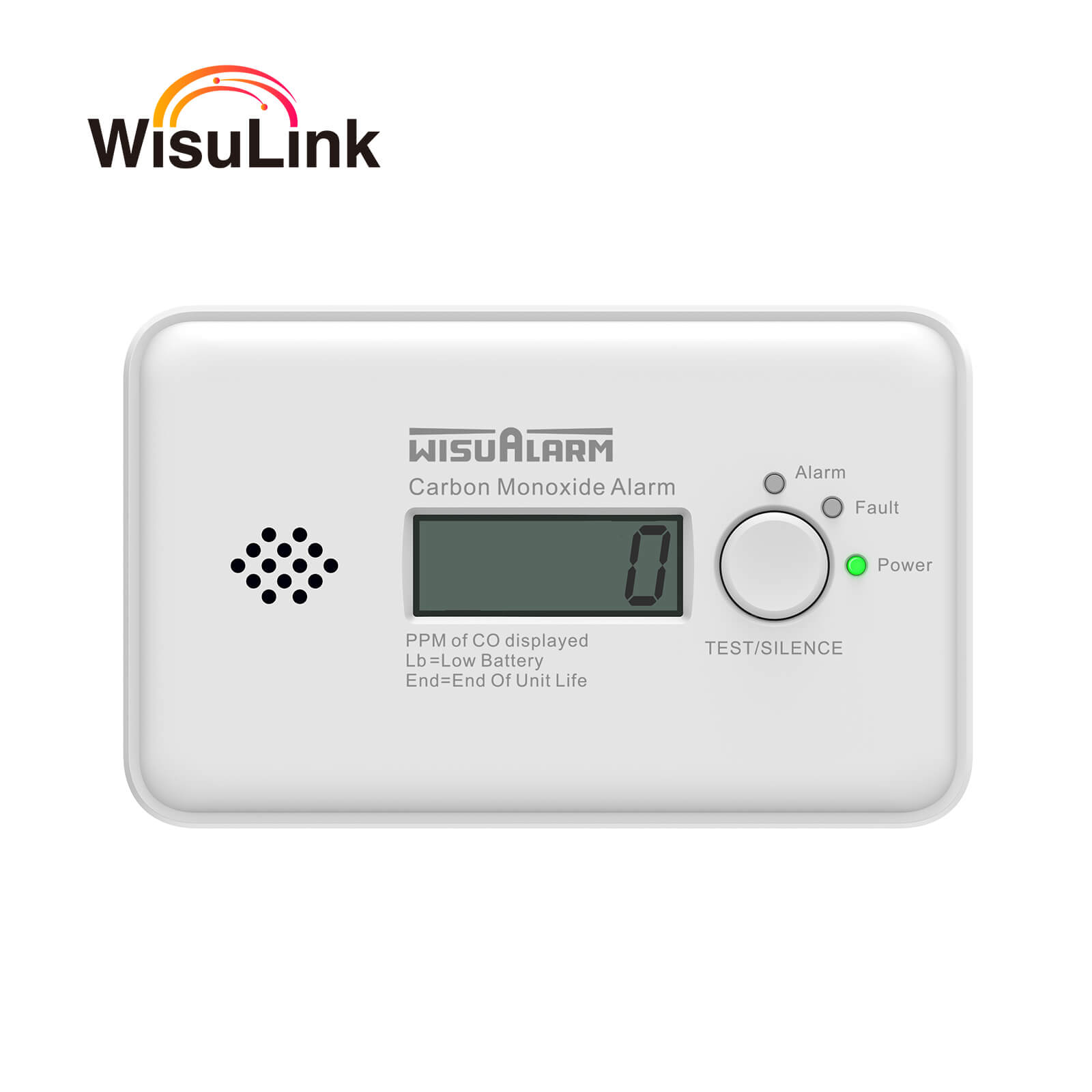Description
High-Quality Video
5MP 1/2.7" CMOS image sensor, low luminance, and high definition image can provide you better user experience.


Flame Detection
Offering accuracy and reliability to ensure safety and prevent fire hazards in any environment.
App Connectable
Seamlessly link to our smartphone app for real-time monitoring, instant notifications, and the ability to view alerts and footage immediately, ensuring you are always aware of potential hazards no matter where you are.


Multiple Function in ONE
Built-in beep, also supports voice input. Can achieve voice input and output functions at the same time. Extra large mute button. Need to connect network cable to hang on the ceiling.
Interfaces
Maximize productivity with six interface cables tailored to diverse requirements. Increase operational effectiveness with a set of interface cables optimized for various tasks.

Specification
Specification
| Model | DHI-HY-SAV849HA-E |
|---|---|
| Operating Principle | Photoelectric |
| Power | 12V DC/PoE and 3V lithium battery |
| Operating Current | ≤ 30uA (Camera excluded); ≤ 300mA (Camera included) |
| Back-up Battery Life | > 3 years |
| Power Supply | DC12V+PoE |
| Operating Temperature | -10°C to +55°C (+14°F to +131°F) |
| Relative Humidity | 0%–95% RH (non-condensing) |
| Protection Area | 30 m²–60 m² |
| Alarm Method | Sound and LED Indicator |
| Net Weight | 442 g ( 0.98 lb) |
| Product Dimensions | Φ120 mm × 79 mm (Φ4.72" × 3.11" ) |





























































